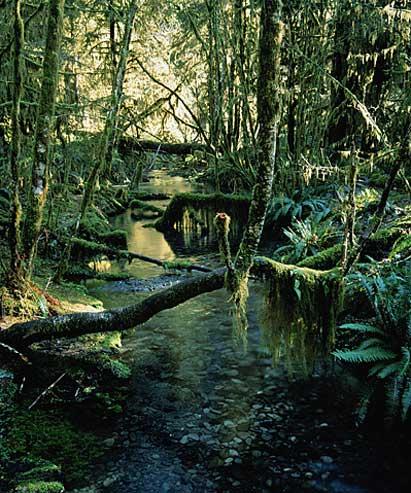Clean forests reflect on pollution

Forests in the northern hemisphere may have changed unthinkable due to pollution. A new discovery has shown that uncontaminated forests and polluted forests use different nitrogen. This has led several researchers to review man's influence on the nitrogen cycle.
Humans have added huge amounts of nitrogen to the terrestrial ecosystem. To understand the possible condition, the functioning of forests has been investigated prior to contamination. Ecologists at Cornell University have been observing the Earth in search of the least polluted areas and have chosen 100 streams of wild jungle from Chile and Argentina. In these rivers it has been detected that more than 75% of nitrogen is organic. On the contrary, 70% of the forest rivers and streams in Europe and North America are composed of inorganic nitrogen. This inorganic nitrogen contains molecules of oxygen, hydrogen and metals, while organic only does carbon.
In recent centuries, with the use of fertilizers and fossil fuels, man has greatly increased the amount of nitrogen in the biosphere and much of this nitrogen has been thrown into rivers and seas. In many areas of streams, this increase in nitrogen has brought about a change of native plants and animals. Thus, many species of nitrogen users have surpassed many of the living beings living in simpler conditions. This has led to the need to see nitrogen emissions as a pollutant so that the cycle of nature does not change anymore.
Buletina
Bidali zure helbide elektronikoa eta jaso asteroko buletina zure sarrera-ontzian











